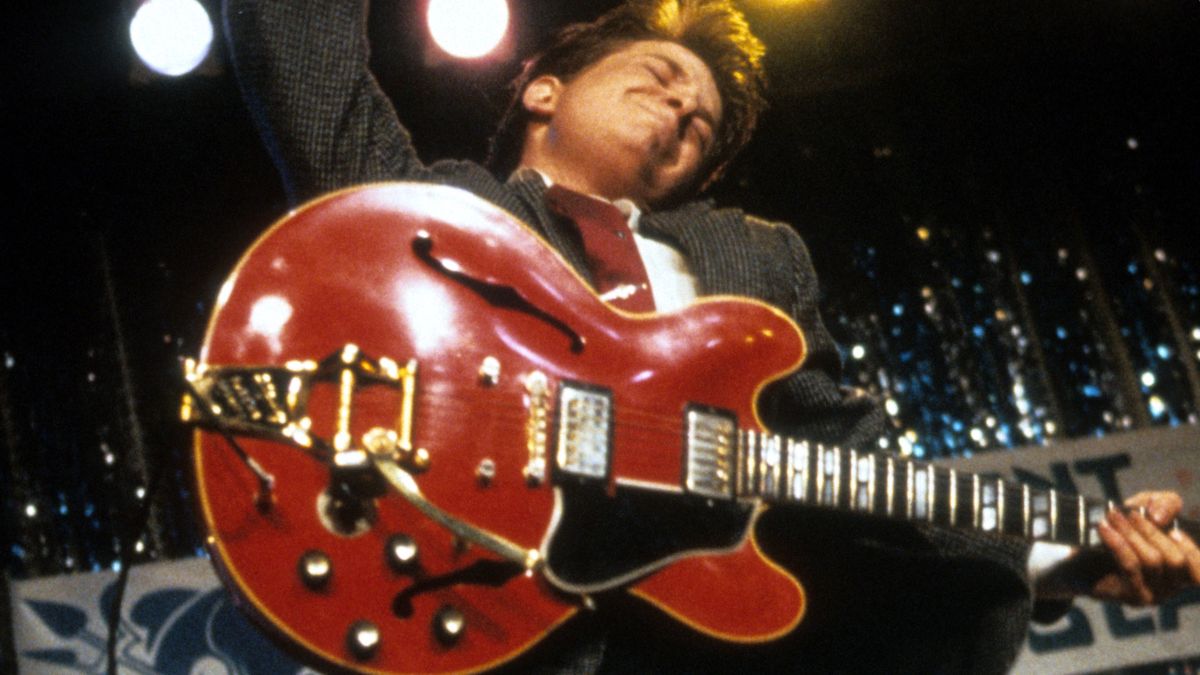“Jimi was staying at a hotel in Times Square. He had his hair set in pink curlers and we would just talk band drama”: Electro-Harmonix founder Mike Matthews on befriending Hendrix, booking Chuck Berry and the birth of pedal culture
The EHX pioneer is one of the guitar world's most colorful characters. He tells us what happened when Hendrix bought one of the first Big Muffs, how the Rolling Stones got him started in the pedal biz, and why the "overdesigned" POG3 is an unlikely triumph
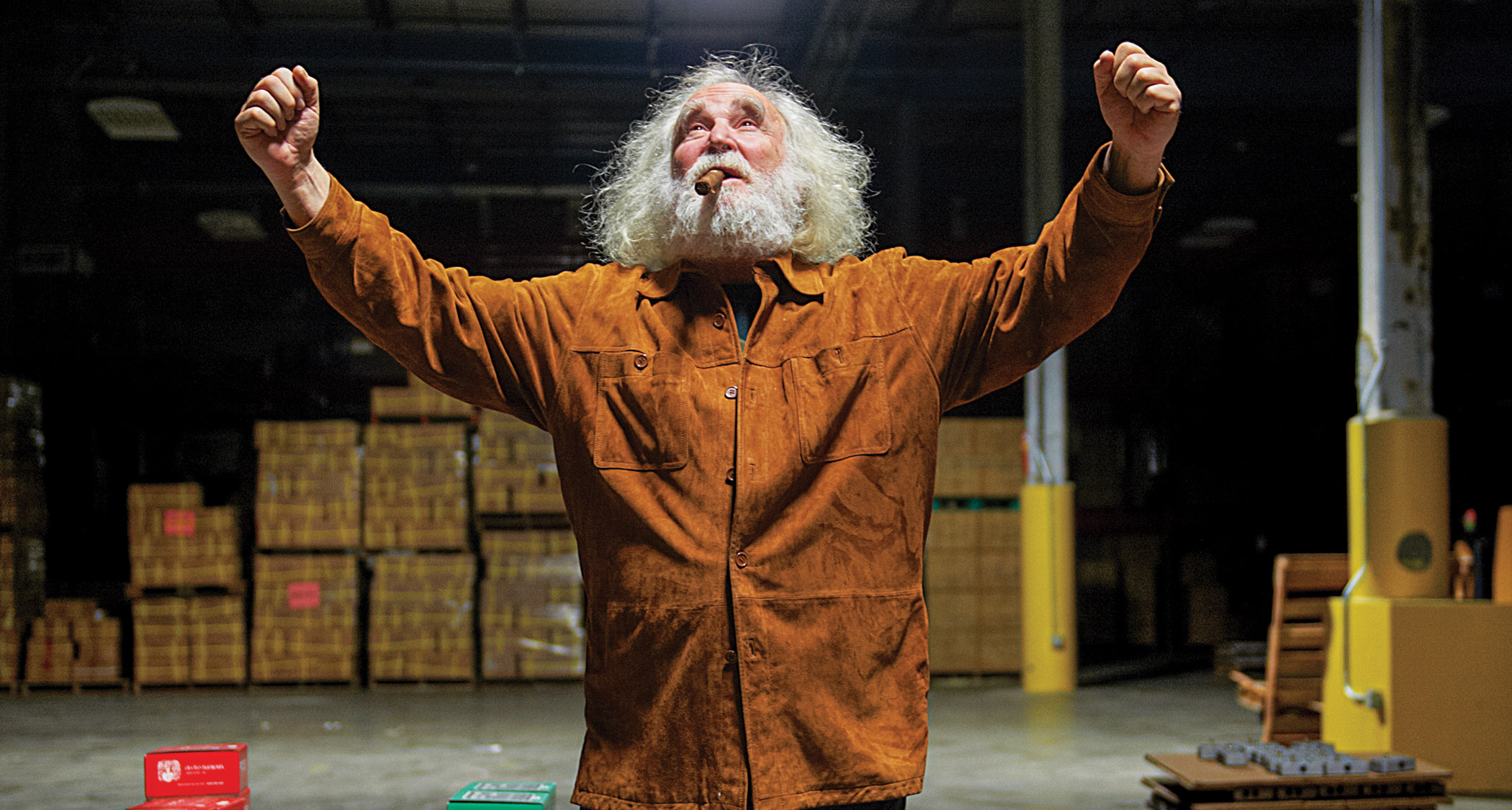
Mike Matthews doesn’t play guitar. He’s a businessman. Always has been, always will be. Business opened for Matthews in his hometown – the Bronx, New York – circa 1946, when he was just five years old.
As a child, he’d stop at nothing in his feverish pursuit for profit, collecting golf balls from New York City sewers with a coat hanger and sneaking out to the lake to collect fishing lures during his time at summer camp.
After high school, Matthews attended Cornell University and, at the request of his father, majored in electrical engineering. A product of the Great Depression, Matthews’ father insisted that he pick something that would ensure financial stability for his son. Sure enough, after graduation, IBM came knocking and offered Matthews a job.
Still, his entrepreneurial spirit simmered. Matthews’ schedule at IBM was flexible, and when the Rolling Stones released (I Can’t Get No) Satisfaction in 1965, that simmer turned into a boil.
Can you describe the first time you saw the need for a guitar pedal?
“On the radio while I was at school for IBM, the Number 1 hit was Satisfaction by the Stones, and Keith Richards playing the Maestro Fuzz-Tone. Then, 10 weeks later, I went out again to another school, and Satisfaction was still the Number 1 song. Everybody wanted fuzz tones, but they couldn’t build them fast enough.
“In those days, all of the music business was on 48th Street in New York City. There were about 10 music stores, different repair shops and this and that. One guy in a repair shop said to me, ‘I’m building these fuzz tones one at a time. You want to come in with me? Then I can get them out much faster.’
Get The Pick Newsletter
All the latest guitar news, interviews, lessons, reviews, deals and more, direct to your inbox!
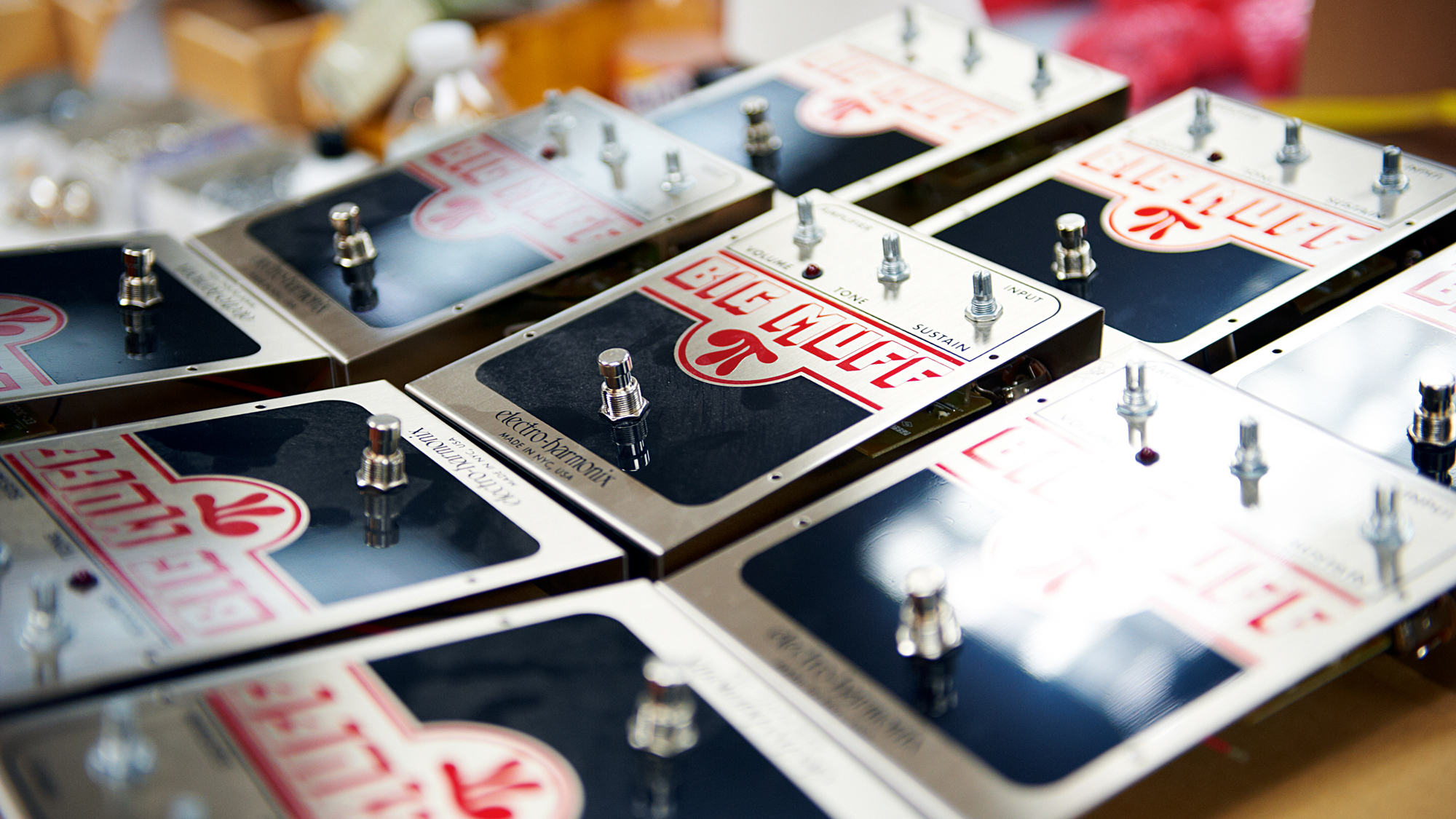
“I said, okay, but then he didn’t do anything and I was stuck trying to figure out how to get these fuzz tones built. So I found a contractor in Long Island City called All Instruments, and they built the fuzz tones.
“Meanwhile – I don’t remember how or why – but Al Dronge, the president of Guild Guitars, contacted me and said he wanted to buy all the fuzz tones. He decided to call them Foxey Ladys.
“I had them printed up every two or three weeks, and I’d leave IBM to pick up a few hundred of these fuzz tones at All Instruments. Then I’d drag them out to the Guild warehouse in Hoboken, New Jersey, where Guild would write me a check. After that, I’d go back to work at IBM. That’s how I got started.”
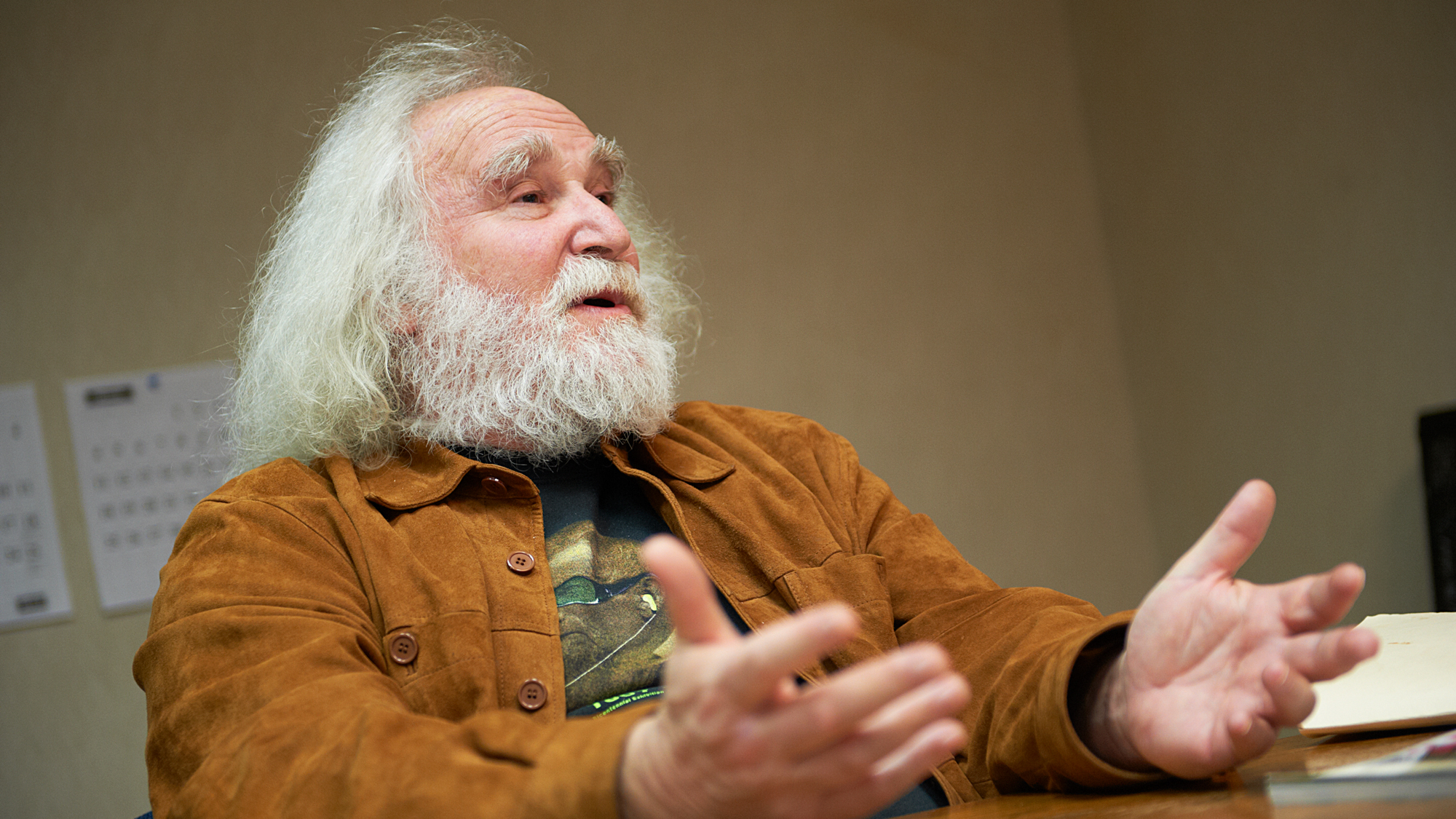
Was the Foxey Lady the catalyst for your friendship with Jimi Hendrix?
“No, I didn’t collaborate with him at all, but the first Big Muffs I made, I brought to Manny’s Music on 48th Street. A few days later, Henry Goldrich [son of founder Manny Goldrich] told me he had sold one to Jimi Hendrix.
“Jimi had used the Fuzz Face on his early recordings, but he always invited me to go down to the studio, and I saw on the floor that he was using a Big Muff.
“Back when I was in college during the summers, I hooked up with a place called the Highway Inn in Freeport, Long Island, and I said, ‘Look, let me bring in some acts. I’ll promote it. I’ll take the gate, and you’ll have a big bar.’”
He came running to me, telling me, ‘Hey, you got to hear this guitar player. This guy is really great. Jimmy James [an early stage name used by Jimi Hendrix] is his name’
“In those days you could buy acts real cheap. Chuck Berry, I booked him for $1,000 a night for two nights, with the General Artists Corporation (GAC).
“Then that same promoter from GAC called me up and said, ‘Mike, I need you to take this other band. I can give them to you for three nights for $500.’ So I hired this band called Curtis Knight and the Squires. I didn’t know what the hell they were.
“Chuck Berry would do two shows a night and after the first show, I went in to count the gate while Curtis Knight and the Squires went on.
“Steve Knapp was the second guitar player backing up Chuck Berry, and he came running to me, telling me, ‘Hey, you got to hear this guitar player. This guy is really great. Jimmy James [an early stage name used by Jimi Hendrix] is his name.’ I liked his playing.
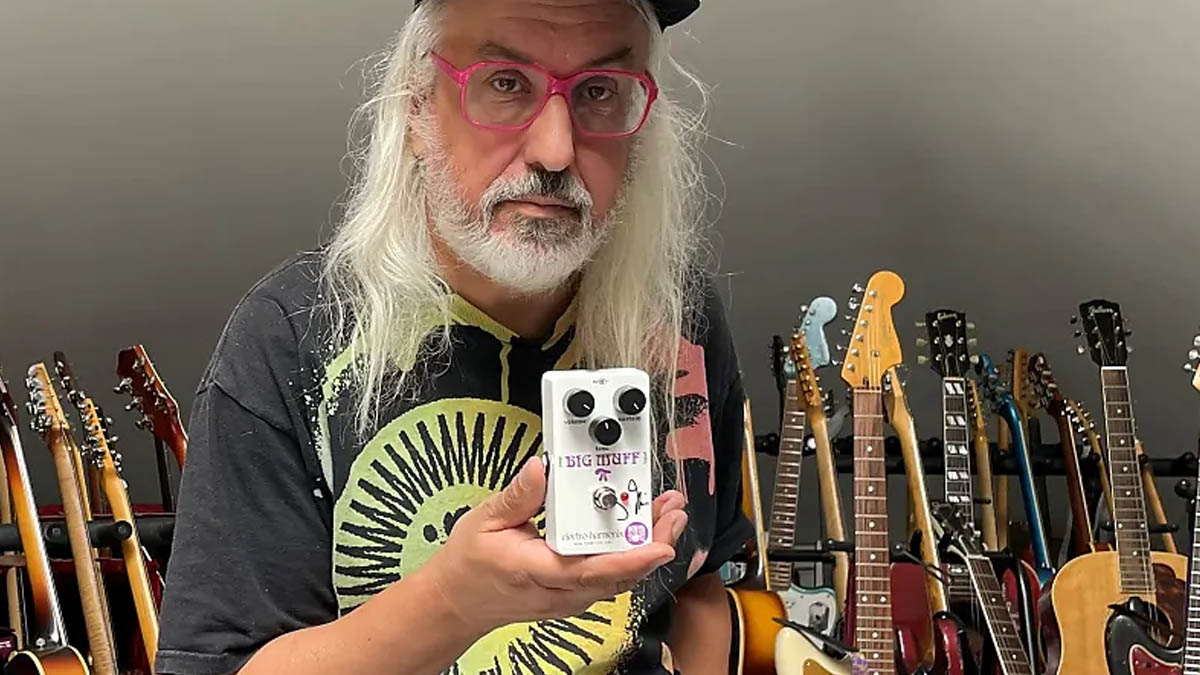
“After that, Jimi and I became friends. Every couple of weeks, while I was working at IBM, I’d take a break and go up and visit him. He was staying at a hotel in Times Square. [It was a] fleabag hotel and had no bathroom in the room. He had his hair set in these pink curlers and we would just talk band drama.
“I went to see him at a gig; during the break he sat down with me and said, ‘Mike, I gotta quit. I want to form my own band. I want to be the head writer.’ I said to him, ‘Well, if you’re going to be the head writer, then you’ve got to sing.’
“He says to me, ‘Well, that’s the problem, Mike, I can’t sing.’ ‘Look at Bob Dylan,’ I said. ‘Look at Mick Jagger. They don’t sing, but they ‘phrase’ great and people love them.’ He says, ‘Mike, you got a point.’”
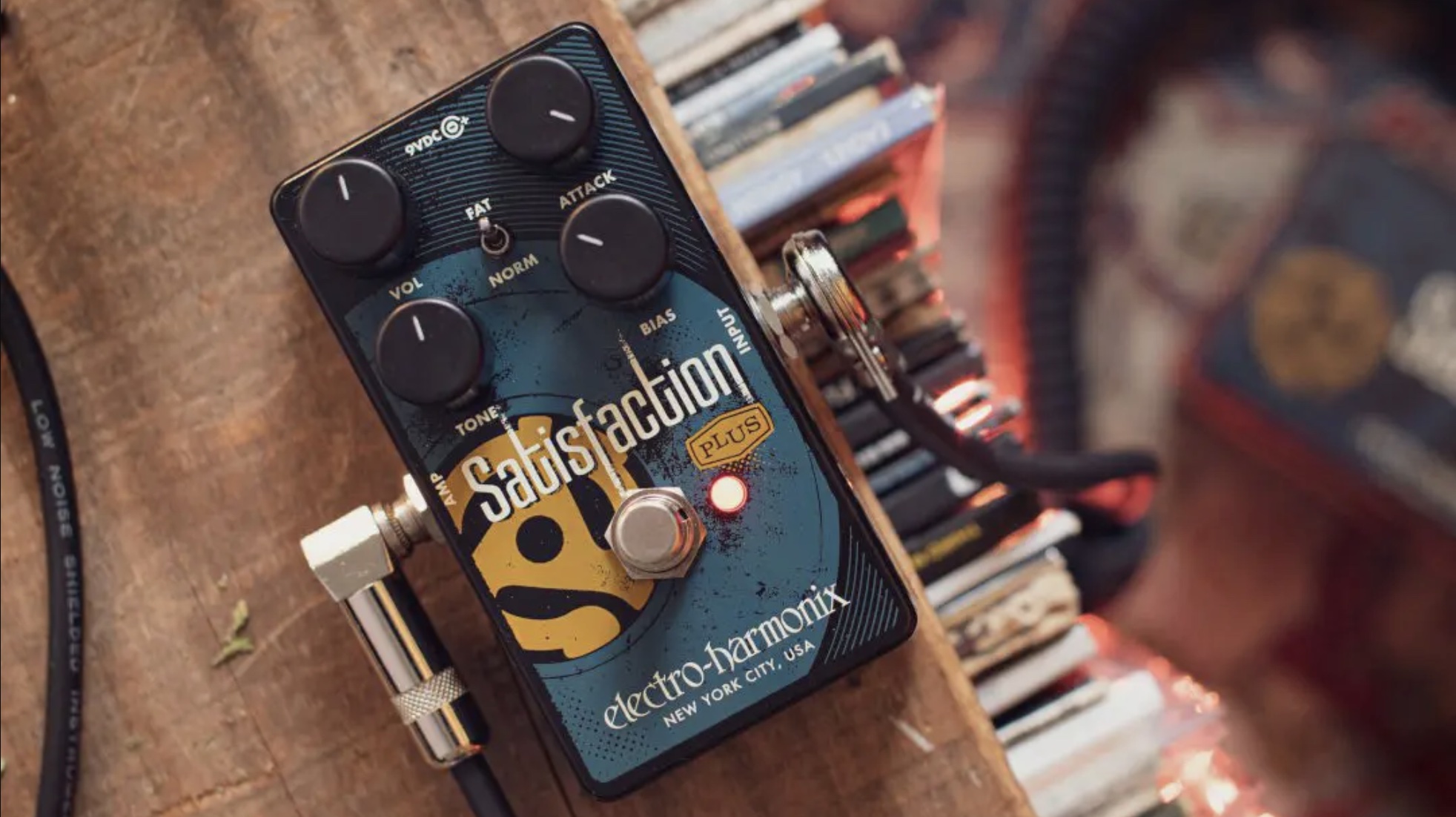
What can you tell me about the beginning of Electro-Harmonix?
“In early 1968, the problem was that when you pick a note on the guitar, you could easily have a circuit that builds up the amplitude and it dies out, so when you play a new note, you get all these pops and crashes because the circuit could not respond fast enough to hitting the new note.
“A guy at IBM recommended this circuit designer, Bob Myer, who was a big inventor for Bell Labs. I went out to Bob’s house to listen to a prototype. The prototype he built was a little box.
“I says, ‘Bob, why do you have this box plugged in?’ He says, ‘Well, I didn’t realize that the output of a guitar was so low, so I built a little one-transistor preamplifier to boost the signal.’”
“Now, in those days, back in ’68, all amplifiers were designed to have a lot of headroom, so you’d turn an amp up to 10 and they wouldn’t distort. I took Bob’s one-transistor preamp and put on a volume control.
“When you turned the volume up enough, it would get into overdrive. I started selling that [via] mail order. That was the first Electro-Harmonix product, the LPB-1 Power Booster. I sold hundreds of thousands of them throughout the years.”
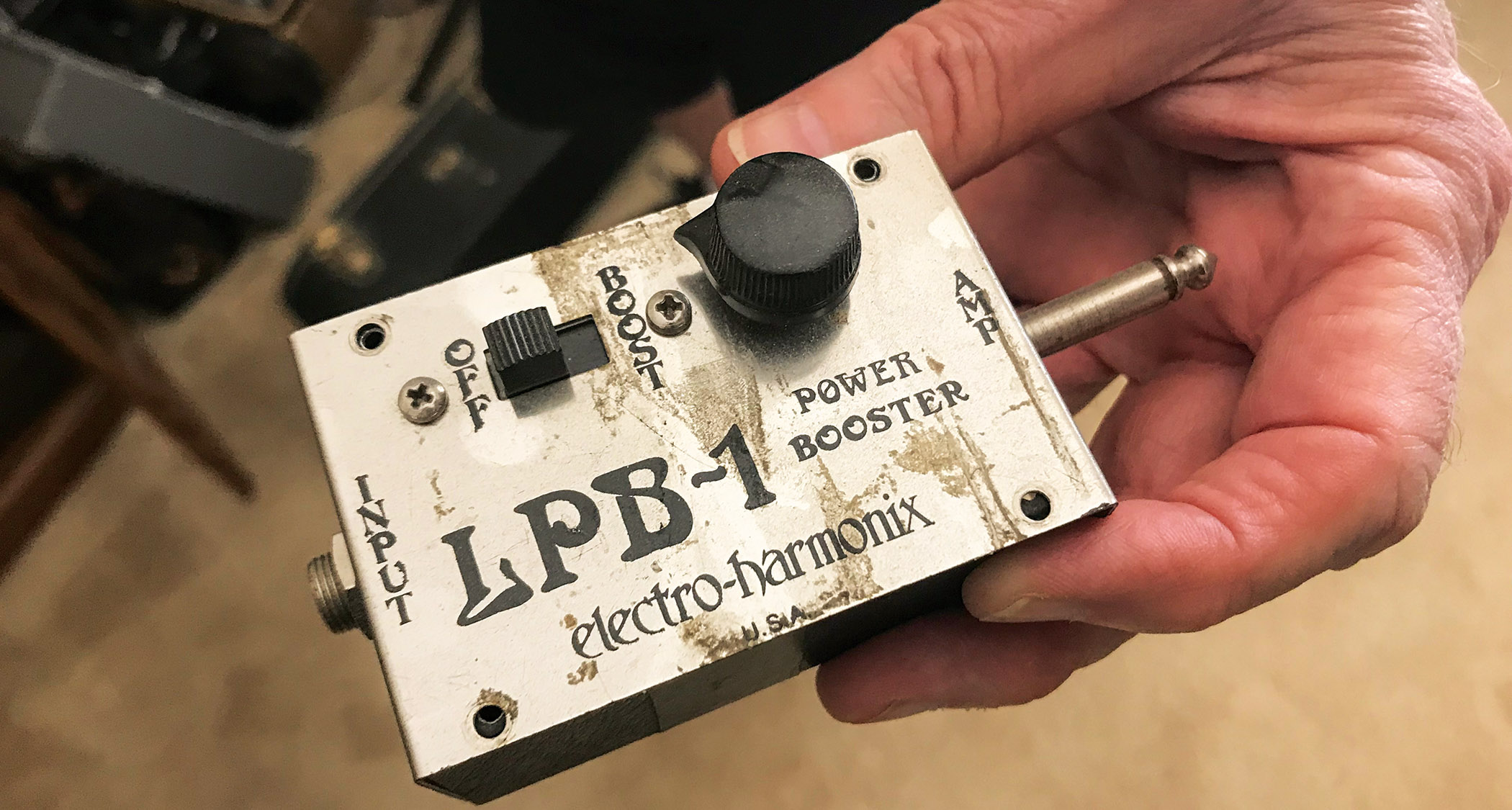
What philosophy has kept Electro-Harmonix so potent for more than five decades?
“In the early days, I would tell the designers, ‘I want this,’ and then they would do it. In more recent years, I would let our designers come up with different proposals. [At other companies] designers usually come up with too much stuff to stick in.
“This is a business, so you’ve to get a product out. If you put in too much stuff, you never get the product out. That’s how we’ve run the last few years.
“Right now, we have a tremendous number of sensational circuit designers. The most senior is a guy named David Cockerell who lives in England and worked for us full time back in the mid-’70s. He’s the one that designed the Small Stone [phase shifter], which was the biggest-selling Electro-Harmonix product of all time.”

Even though EHX thrives in simplicity, have you ever seen a complex product work?
“Yes. I was sick for a time, and I let the engineers overdesign this product called the POG III, which we finally got out. It was so complex, it took four-and-a-half years to come out, and we spent a fortune.
“But finally, POG III is out. That’s our Polyphonic Octave Generator, and it’s really sensational. We just started shipping it in November.”
- This article first appeared in Guitar World. Subscribe and save.
You must confirm your public display name before commenting
Please logout and then login again, you will then be prompted to enter your display name.

